10 Things I Learned About Nepal During My LIA
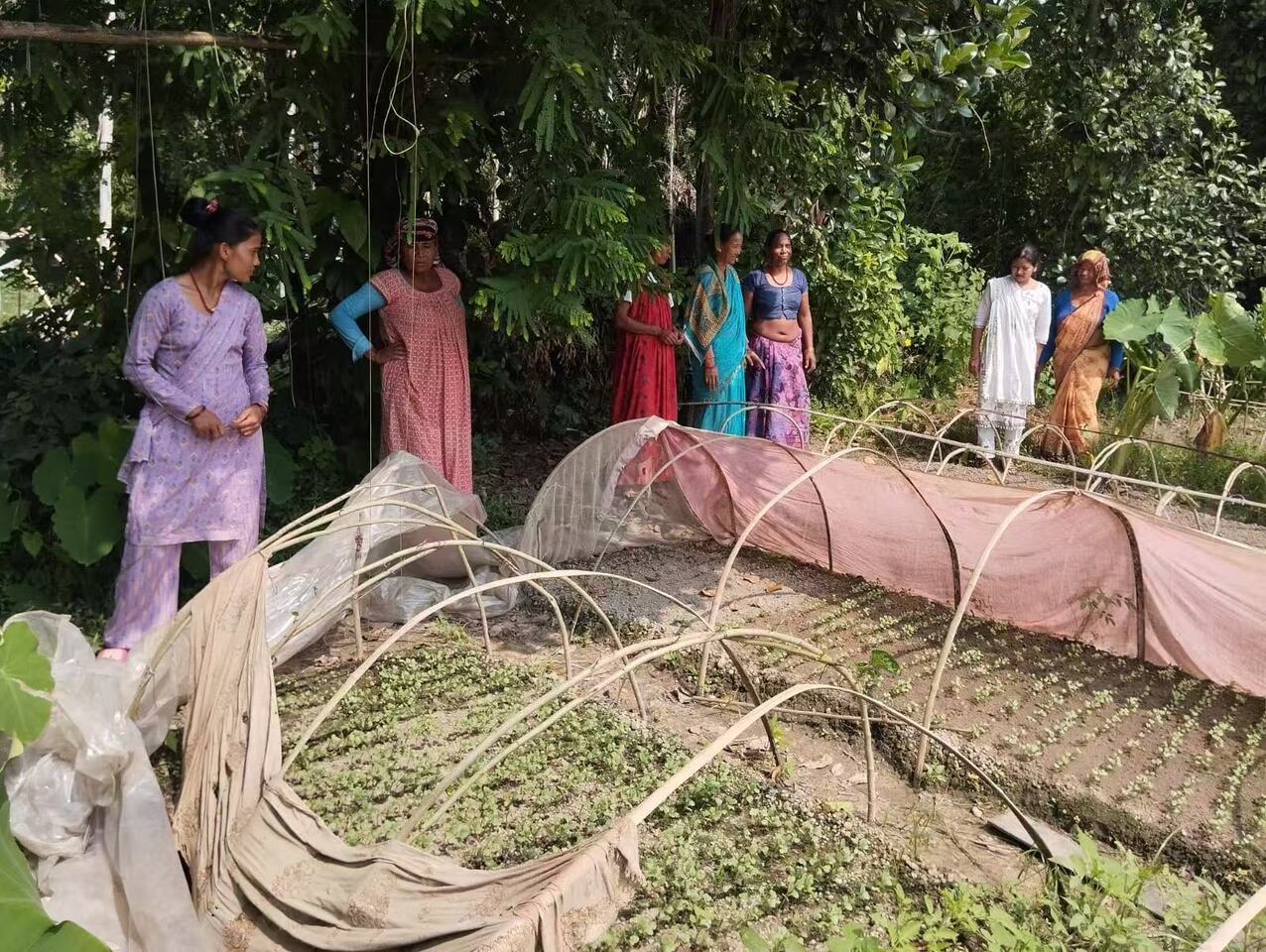
1. Animals Everywhere!
The most common city-dwellers in Kathmandu? Dogs and monkeys! Yes, monkeys - swinging from electric cables in the city centre like they own the place, especially around the hills near Swayambhunath (Monkey Temple). And the dogs? You'll find them snoozing on every street corner under bright daylight. When I first arrived in Nepal I was very worried the dogs were struggling in the heat, only to be reassured they are just having a nap.

2. Religion Woven Into Daily Life
What amazed me was how deeply spiritual everyday life is here. Many people begin their day as early as 5 or 6am with puja (daily rituals), offering prayers and flowers to Hindu shrines in their neighbourhood. I still remember on my first day, I paid an early visit to Boudhanath Stupa; it was barely 7am, yet the place was full of devout worshippers. My friend Roji and I quietly joined an elderly lady doing pradakshina (walking clockwise around the stupa).

3. Food choices
With over 140 ethnic groups in Nepal, food culture is incredibly diverse. While cows are sacred and not eaten by anyone, other taboos vary widely: the Rai community avoids garlic, while Chhetris avoid pork, beef, and buffalo. Some groups are entirely vegetarian or even vegan. Safe to say, mealtimes are a cultural experience in themselves!
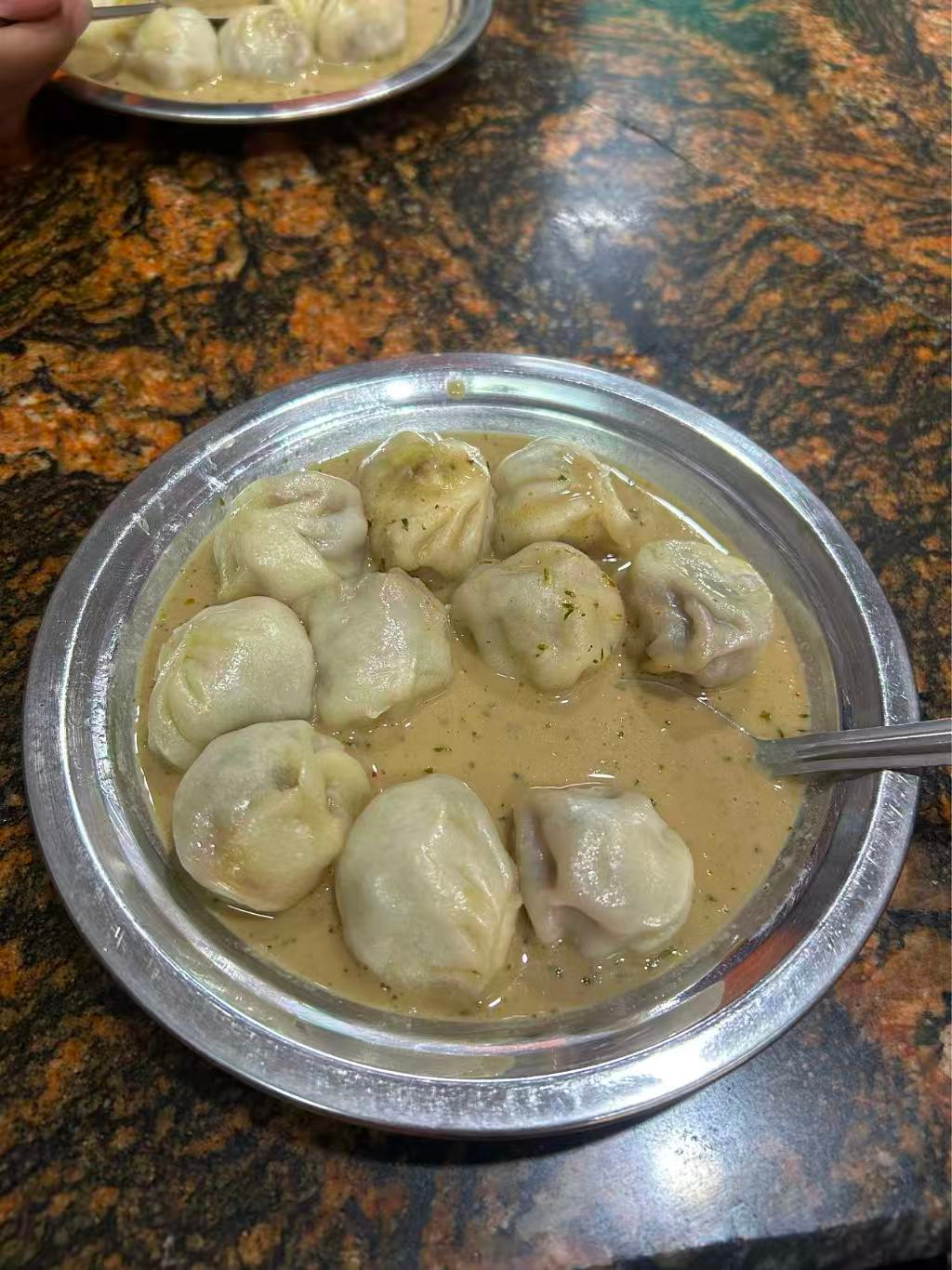
4. Festivals all year round
If you love a good celebration and festivity, Nepal is the place for you! During my LIA, I witnessed at least five festivals, including Janipurnima/Rakshyabandhan (celebrating sibling bonds), Gai Jatra (honouring deceased loved ones), and Lord Krishna’s birthday. The temples and ancient Durbar Squares came alive with music, dancing, and vibrant crowds.
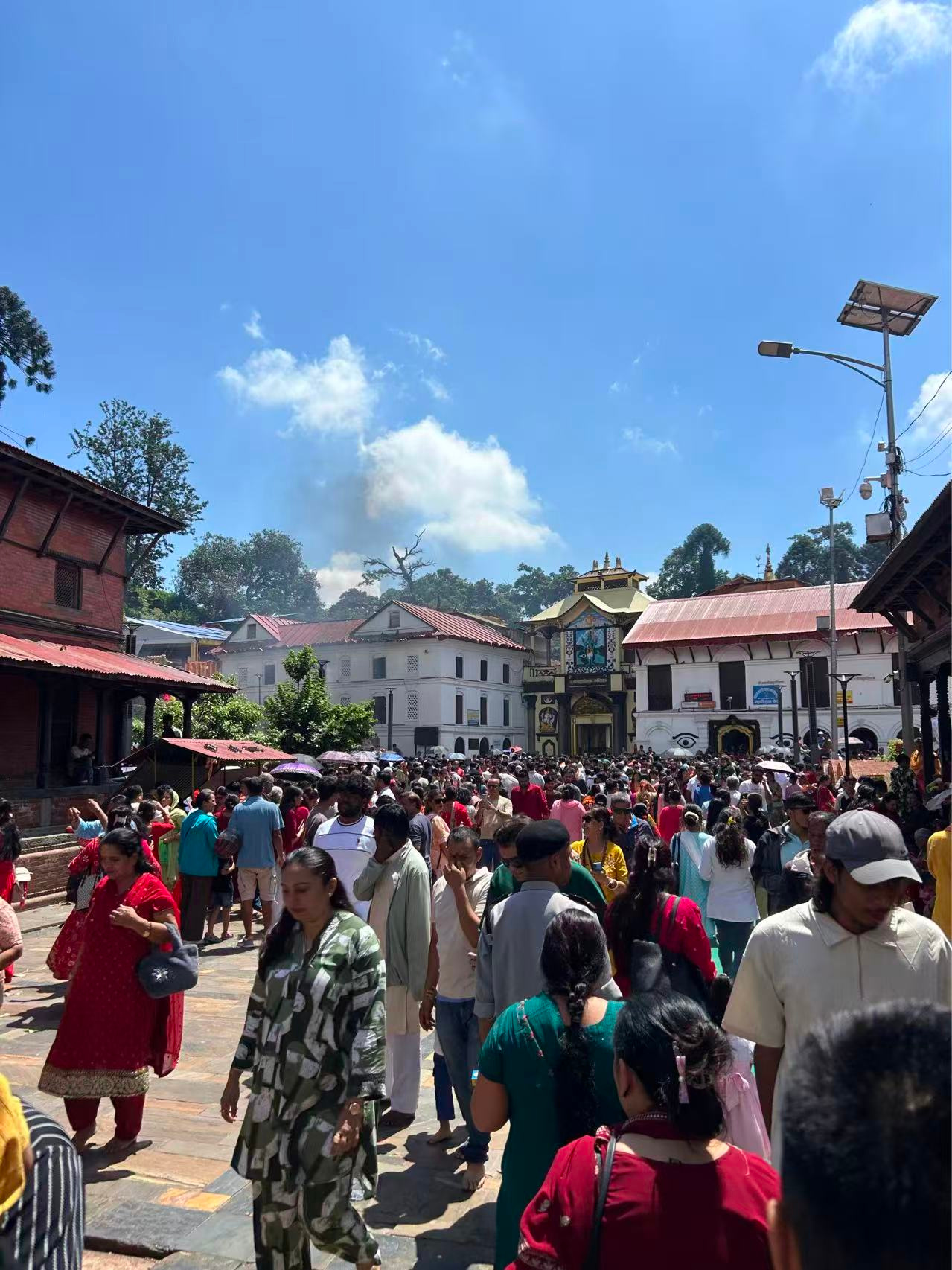
5. Shamanism
As a Social Anthropology student, I had read about shamans, but seeing them in front of my face was something else entirely. On my last day in Kathmandu, I went hiking and stumbled upon a group of shamans performing rituals in the hills. They danced in traditional costumes, drums beating in rhythm, chanting words I couldn’t understand but felt deeply moved by. It was surreal and unforgettable.
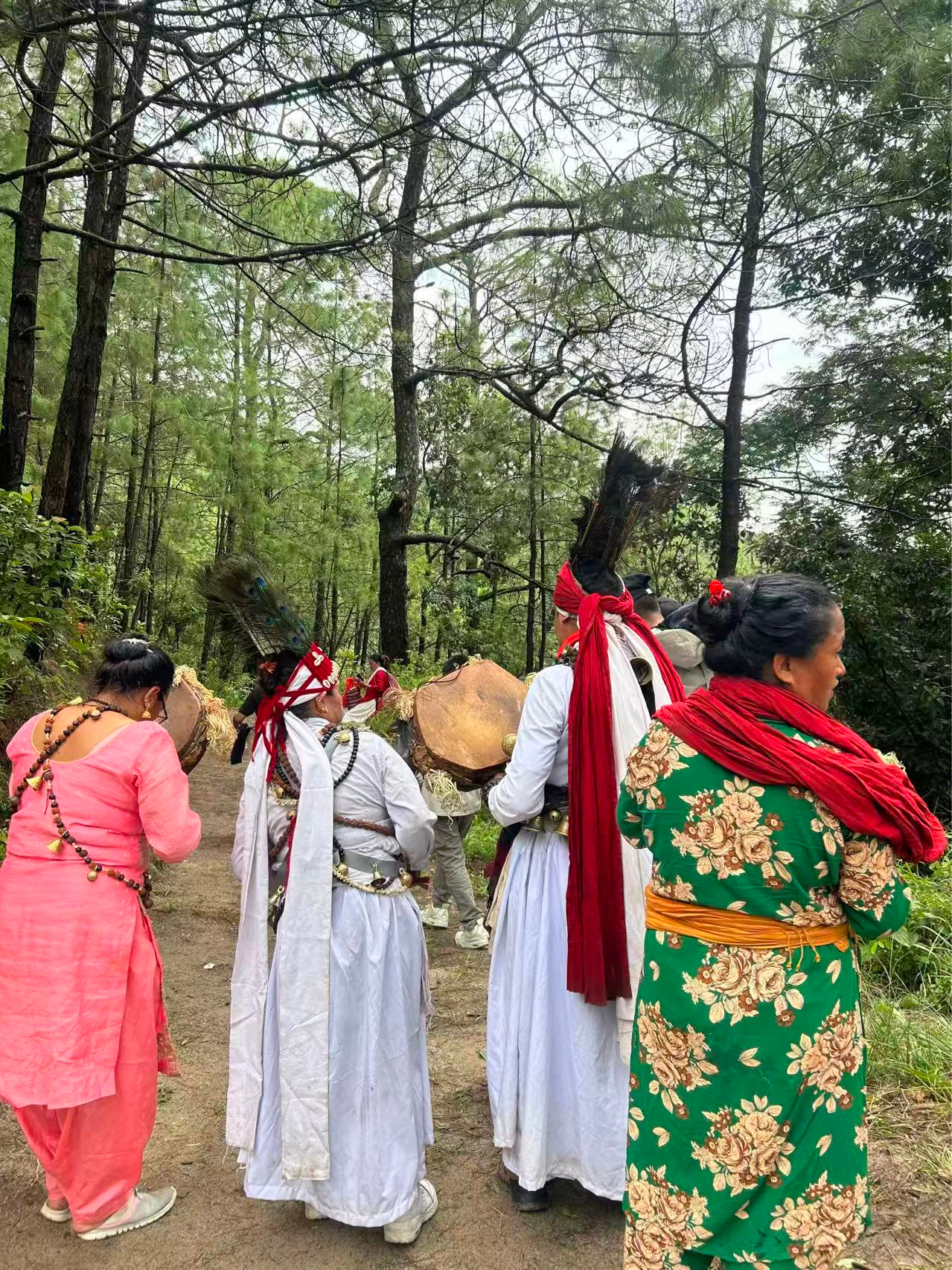
6. On Death
In Chinese culture, death is a taboo subject, but in Nepal, it's part of daily conversation. At Pashupatinath Temple, cremation ceremonies take place openly by the river, with families gathered to witness and honour their loved ones. At the Narayanhiti Palace Museum, you can even visit the exact site of the 2001 royal massacre, marked and preserved for the public. I found this different way of experiencing mortality incredibly powerful.

7. Nepal Time = Chill Time
One of the first things I learned: time works differently here. A friend told me, “In Nepal, time waits for us, not the other way around.” I arrived early on my first day at work... only to find the office still locked. Unlike the UK, where everything is scheduled down to the minute, in Nepal spontaneity reigns. And honestly? It’s kind of refreshing.

8. Vibrant Colours
Nepal is bright. Everywhere you look, especially during festivals, you’ll see rich and sparkling colours like reds, greens, and gold. Red is the national colour, symbolising good fortune (much like in China). During the month of Shrawan, which my LIA coincided with, women wear vibrant green clothes, jewelry, and nail polish.

9. Expensive Cars
Owning a car in Nepal is a luxury. Why? Because they’re all imported and heavily taxed, often costing as much as twice their price elsewhere. Fun fact: Nepal’s very first car had to be carried into the country by people. And in a comedic twist of history, the first flying car in Nepal was also recently carried in by manpower after floods blocked the roads!
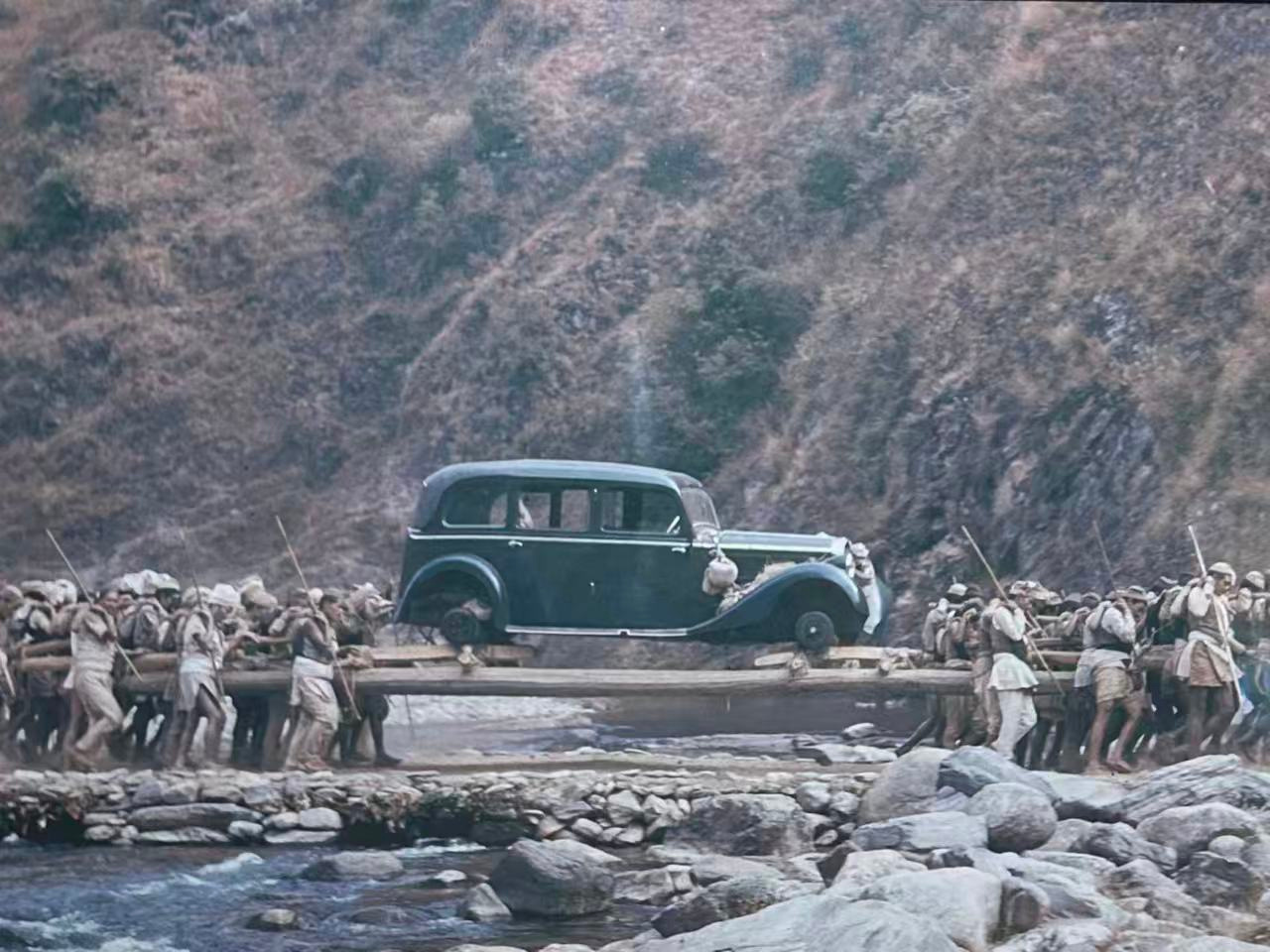
10. Traditional Attire Lives On
Traditional attire is alive and well in Kathmandu. Older men wear the Dhaka topi (a traditional Nepali hat), and women often wear Kurta Suruwal that is a long tunic over loose trousers. On special occasions, women wear stunning sarees, full of intricate patterns and rich colours - I still find it a shame I did not get to try on one !
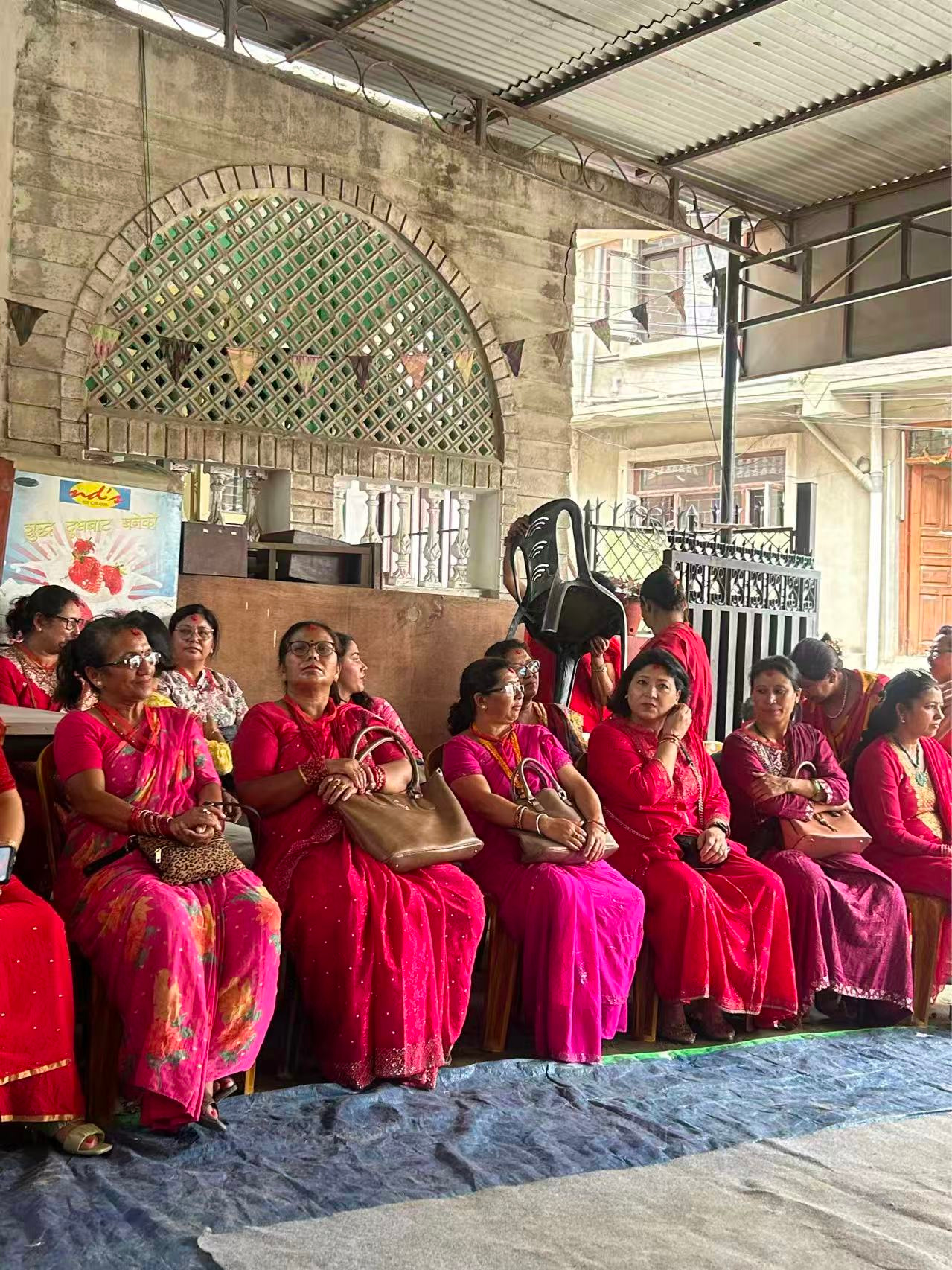
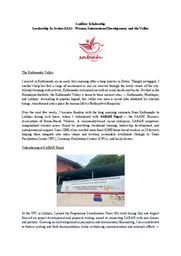


Please sign in
If you are a registered user on Laidlaw Scholars Network, please sign in